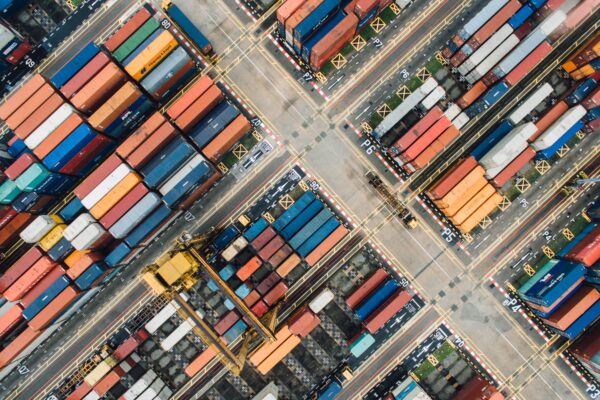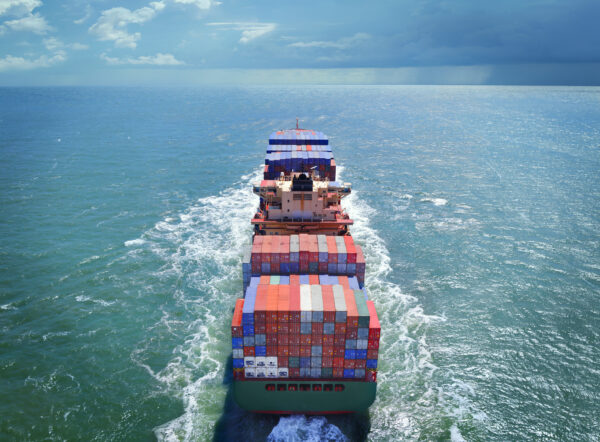Zencargo Market Update: 22nd August
Aug 22, 2022
Scroll to find out more
Aug 22, 2022
Scroll to find out more

The Port of Felixstowe handles more than 4 million TEU per year and roughly around 11,000 TEU per day including imports, exports and empty containers.
The strike action has disrupted UK supply chains already as shippers are experiencing impacts to their orders. Some carriers have omitted the port and diverted import cargo to neighbouring ports such as Southampton. Vessel delays are also expected due to limited labour availability to operate the ports.
The Port of Felixstowe is currently not accepting empty equipment back after deliveries resulting in containers having to be restituted elsewhere. This has created unforeseen diversions for drivers and additional costs that are being incurred by importers.
Dockers at a second port in the UK, Liverpool, have also voted to strike although dates have not yet been confirmed.
If you think your shipments will be affected by port strikes, please speak to your freight forwarding partner and collaborate on contingency plans.
If you are a Zencargo customer impacted by the strike you should already have spoken to your Customer Success Manager and Customer Operations Coordinator about this as we will continue to monitor your shipments.
Find out more about the strikes through our update here.
Ocean
Air
Central China to USA and Europe
North China to USA and Europe
South China to USA and Europe
Ocean
Ocean
Ocean
Road/Rail
European Bank Holidays
We anticipate a shortage of availability and the occurrence of delays around the bank holiday periods. Plan ahead and allow extra time for your products to be delivered.
August 29th – Slovakia
September 1st – Slovakia
September 2nd – Spain*
September 5th – Luxembourg*
September 6th – Bulgaria, Spain*
September 8th – Malta, Spain*
September 15th – Slovakia, Spain*
September 17th – Spain*
September 20th – Germany*
September 21st – Malta
September 22nd – Bulgaria
September 24th – Austria*
September 27th – Belgium*
September 29th – Czech Republic
October 1st – Cyprus
October 3rd – Germany
October 5th – Portugal
October 10th – Austria
October 12th – Spain
October 23rd – Hungary
October 26th – Austria
October 28th – Cyprus, Czech Republic, Greece
October 31st – Germany*, Hungary, Ireland, Slovenia
*Not in all regions
The route ahead
The information that is available in the Weekly Market Update comes from a variety of online sources, partners and our own teams. Click below to learn more about how Zencargo can help make your supply chain your competitive advantage.

In Focus: Tensions in the Middle East continue Over the past week, tensions hav...

In Focus: A market outlook Rolf Habben Jansen, CEO of Hapag Lloyd, anticipates...

In Focus: Carriers announce GRIs in April Following the Chinese New Year holida...